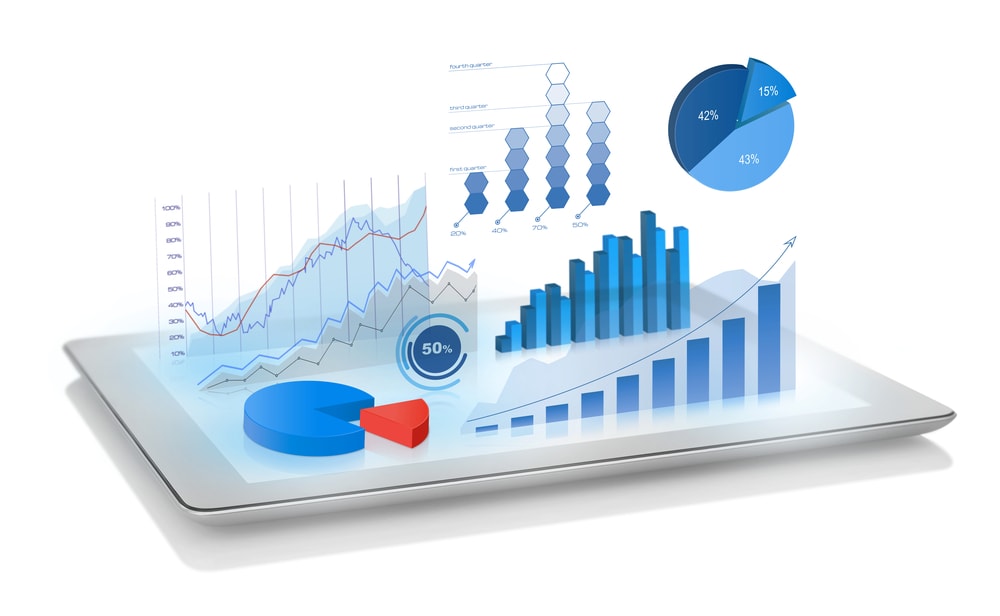
Data visualization is the graphical representation of data and information. It is a powerful tool that helps to make sense of large data sets and to communicate insights effectively.
With the increase in data volume, complexity, and velocity, data visualization has become an essential component of data analysis and decision-making.
Effective data visualization has the ability to:
- Simplify complex data: Visualizing data helps to simplify complex data by converting it into a form that is easy to understand and interpret. It helps to identify patterns, trends, and relationships that may be hidden in the data.
- Communicate insights: Data visualization helps to communicate insights and findings to a broader audience. It allows people to see the information and understand it quickly, making it easier to make decisions based on the data.
- Facilitate decision-making: Data visualization allows decision-makers to make informed decisions by presenting the data in a meaningful way. It helps to highlight the key information, enabling decision-makers to focus on what is important.
- Improve data quality: Data visualization helps to identify errors, inconsistencies, and outliers in the data. By identifying these issues, data visualization can help to improve data quality.
There are many different types of data visualization, including bar charts, line graphs, scatterplots, heat maps, and infographics. The choice of visualization type depends on the type of data, the purpose of the analysis, and the audience.
When creating a data visualization, it is important to keep in mind the following principles:
- Keep it simple: A simple and clean design is key to effective data visualization. Avoid clutter and unnecessary details that can distract from the message.
- Use appropriate colors: Colors can help to highlight important information and make the visualization more visually appealing. However, it is important to use colors appropriately and avoid using too many colors that can make the visualization confusing.
- Label axes and legends: Labels help to provide context and understanding to the data. It is important to label axes, legends, and data points clearly.
- Use appropriate scales: Choosing appropriate scales for axes can help to make the data easier to understand. It is important to choose scales that are appropriate for the data and that make the visualization easy to read.
By following the principles of data visualization and using appropriate visualization types, data visualization can provide valuable insights and help organizations to make informed decisions based on their data.



Leave a Reply